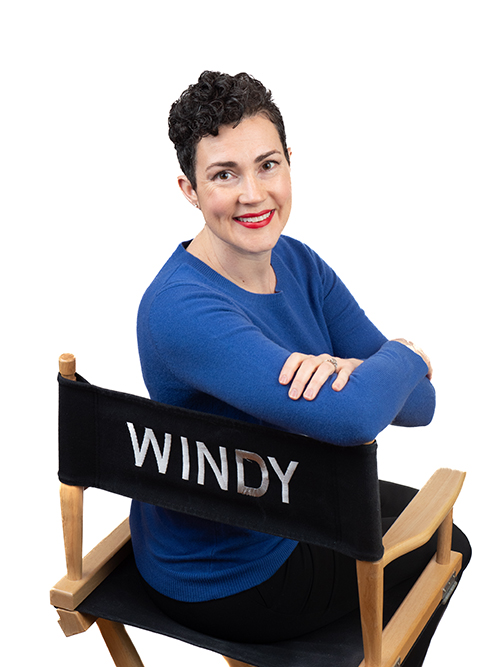There are a myriad of resources for filmmakers about essential elements for Electronic Press Kits (EPKs). Some even include how-to videos, templates, and free downloads. These can be great places to start if you’ve never created an EPK. However, the majority of what I’ve seen glosses over the need for high-resolution photographs.
If you have read my other posts, you know that I stress the importance of putting your best foot forward as a filmmaker. This goes beyond the quality of your filmmaking and includes your marketing materials, social media, and website.
In my experience, “hi-rez” photos are not just nice to have; they are absolutely necessary. Plus, if you have a smart game plan, you can use them throughout the life of your film—and create licensing revenue opportunities with the photos. Trust me, these are worth every penny!
In September 2016, we were about to launch our first crowd-funding campaign for “Mary Janes: The Women of Weed”. It was nearing harvest time for the hemp fields, so we called up one of the subjects in the film. She granted us access to her industrial hemp research field and agreed to join us as a model. I worked a trade with a camera operator to film the subject in her hemp field at “golden hour”. I invited two other women as models and worked a trade with the photographer.
I cannot tell you how many times I have used the photos from this shoot! I have used them on our website, press kit, social media, pitch decks, DVD covers, even “Look Books” for future projects.
Here are my tips for capturing Hi-Rez photos for your EPK.
Know When to Invest in Quality Photos
For most independent filmmakers, you do not need to invest in hi-rez photos in R&D (Research and Development). Purchasing stock images for your initial marketing (i.e. website, poster, and postcards) is fine. They will look like stock, but that is okay while you are testing the waters.
Once you are ready to raise some serious funds (outside of friends and family), you’ll want to show the look, mood, and themes of the film, as well as your unique perspective on the topic. At a certain point to professionalize your film production, stock images no longer cut it and you will need to invest in quality photographs.
Maximize the Use of your Photos
The sky’s the limit on how and where you can use your hi-rez photos. Here is a list of 20 options to inspire your creativity:
- Website
- Newsletters
- Blog posts
- Social media headers
- Social media content
- Fundraising pitches
- Grant applications
- Business plans
- Film festival announcements
- Film festival programs
- Screening announcements
- Award announcements
- Testimonials quotes
- Press reviews
- Electronic Press Kit (EPK)
- Digital articles and features
- Print articles (newspaper and magazine)
- Short-Form digital content and OTT platforms (i.e. Now This and ATTN)
- DVD and Blu-Ray covers
- Digital release “cover photos” (i.e. Amazon, iTunes)
While this is not an exhaustive list, it gives you a sense of the diverse ways you can use the same photos from your upcoming shoot—and why you want to create high-quality, hi-rez images.
Create a Shot List
Now that you know where and how you can use your photos, it’s time to make a Shot List. As a filmmaker, creating a Shot List for your film (whether narrative or documentary) will not be new for you. If you storyboarded your film, feel free to sketch your ideas for your marketing photos to make it visual. If you are a list-maker, make a list to share with the photographer and cross things off. Do what works for you.
Before the shoot, ask for input from your website designer, social media manager, publicist, and other key creatives on the film about the types of the shots they would find useful. Your web designer may need scenic backgrounds or photos of people wearing merchandise for your online store. Your social media manager may need photos for an upcoming crowd-funding campaign. Your publicist may need a new headshot of you and key creatives on the team. Add them to your Shot List.
Here is a short list of important photos to include in your Shot List, if you don’t already have them for your EPK:
- Anything that shows what the film is about: key people, characters or events, major themes
- Director headshot
- Director wide shots and action shots
- Headshots for other key crew members
- Cast photo (if applicable)
- Crew photo (if applicable)
Prepare for your Photo Shoot
The next order of business is selecting a photographer. If you don’t know any, ask for referrals. Look at websites and portfolios. Ask questions and discuss your Shot List. If cost is a concern, consider bartering, working for trade, or offering a free license on any of the photos they take for their portfolio. Sign an agreement so you both are literally on the same page. Once all of this in place, schedule the shoot and send them your Shot List.
Other tips for a successful photo shoot include:
- Check the weather if shooting outside
- Send Hair, Makeup and Wardrobe Guidelines to talent, if applicable. Have a makeup touch-up kit on set, if you aren’t hiring a hair and makeup artist.
- Organize, mend, and/or build any wardrobe or props ahead of time.
- Get signed releases from everyone you photograph. If you’re photographing people you’ve already filmed or interviewed, their releases likely covered photographs, but re-read the fine print to confirm.
- If you (the filmmaker) are appearing in the majority of the photos on your Shot List, find a Photo Assistant/Coordinator to cross things off the Shot List, organize props, get releases signed, etc. (They can also take behind-the-scenes photos from the photo shoot for you to post to social media).
- Keep the shoot to only a few hours so everyone and everything (including wardrobe and props) look fresh and energized in the pictures.
Always Be Photographing
Anytime something new or noteworthy happens, try to photograph it. Film screenings—especially your World Premiere—are natural opportunities to capture the energy the film generates in photos. If you win an award or speak at a major event, get photos of those key successes, too.
If you make friends with the publicity team at film festivals or events, they can share photos with you. However, you are beholden to their timeline. If you want to control more of the content and timeline, hire your own event photographer, bring a photographer friend, or offer a trade. Make their life—and yours—easier by giving them a Shot List and introducing them to the key people they need to photograph.
Save and Organize your Photos
Save all the raw photos along with your “selects” in multiple places. Organize them by description so they are easy to search. The next time you need social media or publicity photos, check your stash and see what you can repurpose.
Have a great shoot!


